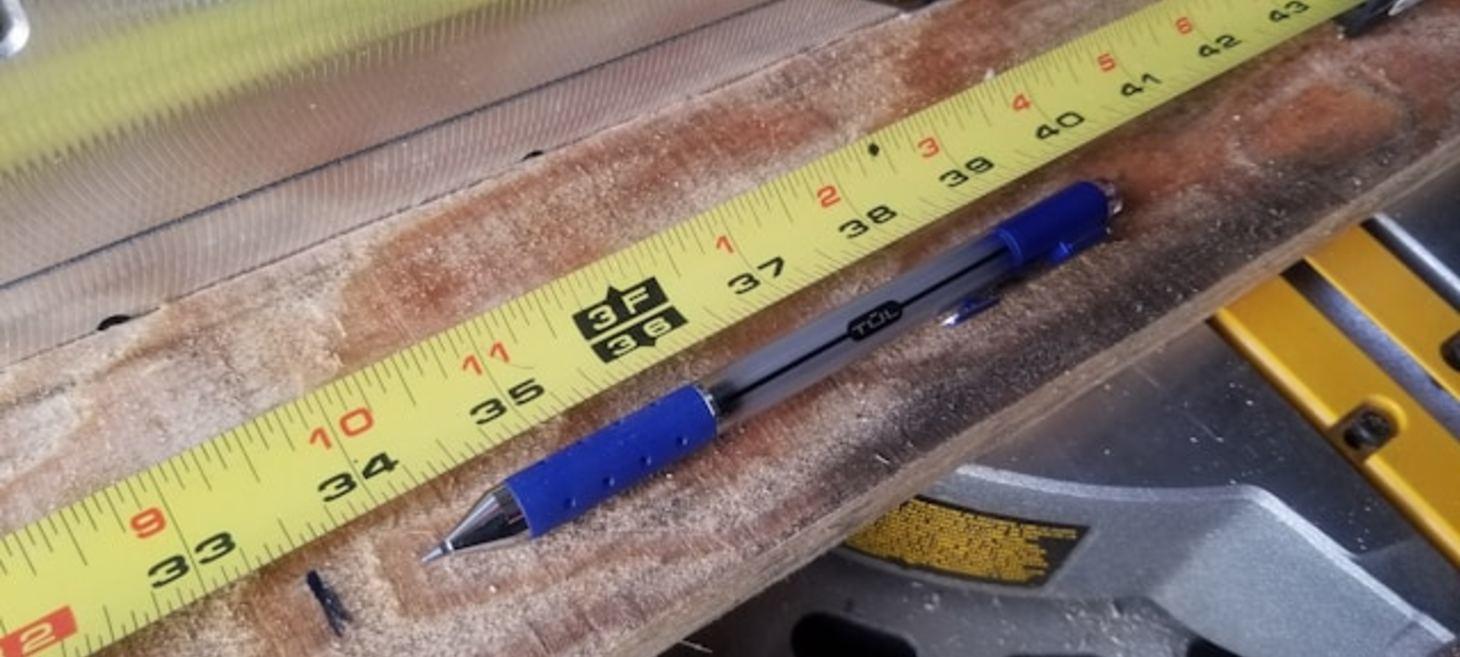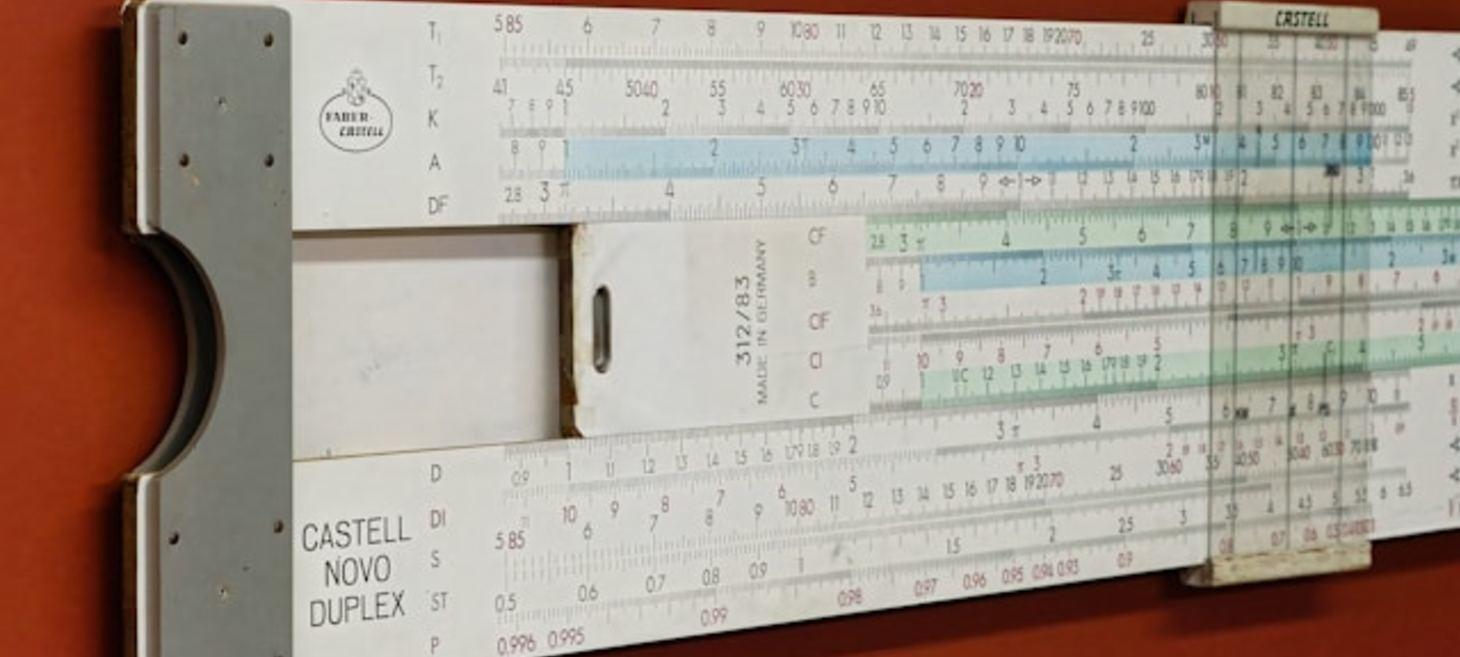Hello

Welcome to Valuation Insights! Our mission is to bring you timely and relevant information about business valuation that helps you and your clients make better decisions.
In this issue:
PE Firms and External Valuation Specialists — When Does It Make Sense?
Private equity funds are leaning on outside valuation experts as portfolios grow and LP scrutiny intensifies. Internal teams handle speed; external specialists add independence and credibility—especially at acquisition and exit. The hybrid model is fast becoming best practice.
Kroll’s 2025 Goodwill Impairment Study — Key Takeaways
U.S. goodwill impairments jumped 16% to $96B, driven by a few big names—Walgreens, Disney, Paramount, and others. Concentrations in Communications, Consumer Staples, and Healthcare highlight where assumptions are under pressure. Disruption, not recession, remains the real story.
Measure Twice, Cut Once — Top 5 Valuation Mistakes in Buy-Sell Agreements
Vague or outdated valuation clauses can turn harmony into lawsuits. Define “value,” refresh often, name the appraiser, and spell out how cash, debt, and taxes are handled. A little clarity now prevents costly fights later.
Measure Twice, Cut Once — Part Deux
Five more traps: wrong valuation dates, weak payment terms, no funding plan, fuzzy comp adjustments, and silence on discounts. Precision in these clauses isn’t paperwork—it’s protection.
On to the issue!
News and Trends

Private Equity Firms Embracing External Valuation Specialists | Valuation Research Corp.
PE firms Using External Valuation Specialists - When Does it Make Sense?
A recent Valuation Research Corporation article highlights that private equity (PE) firms are increasingly using external valuation specialists in fund valuation. The drivers cited: * Limited internal resources as funds scale * Encouragement from auditors and industry guidelines * Institutional LPs demanding independent assessments for credibility * Using robust valuation processes as a fundraising edge
All valid points. But this begs the question: when should PE firms rely on internal expertise, and when is it smarter—or required—to bring in outside appraisers?
Here’s how valuation needs can shift across the investment cycle:
Deal Sourcing – Speed First
Quick internal models (multiples, comps, high-level DCFs) guide screening. External valuators likely add limited value here.
Due Diligence – Internal, With Select External Input
Internal models assess revenue quality, margins, and positioning. External help matters when there’s a valuation gap with sellers, co-investors or lenders want independence, or assets are complex (IP-heavy, regulated, real estate).
Acquisition & Closing – External Validation Required
Closing requires defensible fair value assessments (PPA, intangibles). Independent appraisals are standard—and often mandatory.
Portfolio Monitoring – Internal with External Oversight
Quarterly updates are usually internal. But periodic external reviews (often annual) may reassure LPs and auditors that valuations are unbiased.
Value Creation – Internal Tracking
Monitoring KPIs, EBITDA, and cash flow is handled internally. External appraisals only arise for financings, recaps, or equity plans.
Exit – External Support Adds Credibility
At trade sales, IPOs, or secondaries, external opinions bolster negotiation, fiduciary compliance, and LP reporting—even if buyers set the final price.
🔑 Takeaway Internal valuations: best for speed, monitoring, and operations. External valuations: critical for compliance, LP trust, financings, and exits. Hybrid: efficient yet defensible.
As regulatory scrutiny and LP expectations increase, external validation is becoming essential rather than optional. Growing asset complexity—particularly companies built on IP, data, and AI—requires specialized valuation methods that can exceed internal capabilities, making external specialists crucial for credibility and industry expertise.

Kroll’s 2025 U.S. Goodwill Impairment Study (2024 data) — what valuation users should note
Kroll recently released their annual goodwill impairment study. As usual, they have useful insights to share.
Goodwill impairments rose year over year and remain highly concentrated. Kroll reports total U.S. impairments increased about 16% (from $83B to $96B), while the Top 10 write-downs represented roughly half of all impairment dollars — a reminder that headline totals are often driven by a small set of outsized events.
Sector mix matters. 2024 impairments were concentrated in Communication Services, Consumer Staples, and Healthcare, underscoring where scrutiny of assumptions and benchmarking tends to be most relevant.
Who’s in the headlines? Kroll’s list includes Walgreens Boots Alliance, Warner Bros. Discovery, Paramount, Crown Castle, AT&T, Sunrun, Intel, Sirius XM, Disney, and Constellation Brands — showing that both cyclical and structurally shifting businesses featured among the largest charges.
Breadth vs. severity. Out of ~8,134 U.S. public companies screened, ~273 recorded at least one impairment event in 2024. That mix — many firms unaffected, a minority with significant charges — helps explain why totals can jump even when the event count remains steady.
Standards watch. The IASB decided in February 2025 not to revisit the impairment-only model (and reintroduce goodwill amortization); the FASB continues to evaluate feedback on whether to explore alternatives. Any future moves could materially affect how goodwill is tested and disclosed.
📌 When it comes to goodwill impairment, the story usually isn’t about sweeping downturns — it’s sharp shocks, sector disruptions, and rising disclosure expectations. There is a story behind every impairment, and every story is unique.
The jury is probably still out on this, but we will see the extent to which disruptions caused by current US tariff policies will lead to yet another goodwill impairment uptick in 2025.
Things to Know

✂️ “Measure Twice, Cut Once — or Hire a Valuation Expert to Fix It Later”
Top 5 Valuation Mistakes in Buy-Sell Agreements (and How to Fix Them)
Buy-sell agreements are supposed to prevent shareholder conflict — but vague or outdated valuation provisions often do the opposite.
Here are five common valuation pitfalls — and suggested fixes:
⚠️ 1. Undefined or Poorly Defined “Value”
Problem: Many agreements say the buyout price will be “fair value” or “fair market value” but don’t define these terms using recognized appraisal standards. This leaves them open to widely varying interpretations. Example: Under fair value, a 25% interest might be appraised at pro rata value. But under fair market value, the same interest might be reduced by minority and marketability discounts. Suggested Fix: Define the valuation assignment thoroughly, including the standard of value, premise, level of interest, and treatment of discounts to ensure clarity and defensibility.
⚠️ 2. Stale Formula-Based Pricing
Problem: Many agreements lock in formulas (like 5× EBITDA) that were reasonable at the time but may no longer reflect market reality. Example: The agreement says 5× EBITDA, but market multiples have since dropped to 3× or risen to 10×. Suggested Fix: Ditch the formula. Instead, require a fresh independent appraisal every 1–3 years and after trigger events to keep pricing aligned with market conditions.
⚠️ 3. No Appraiser Selection Process
Problem: Many just say “an appraiser will determine value” with no process if parties can’t agree. Example: One party insists on hiring a national valuation firm, while the other wants a local CPA. Suggested Fix: State that the company shall appoint a single independent appraiser with credentials (e.g., ASA, CFA, CPA/ABV, CVA) to avoid stalemates.
⚠️ 4. Ignoring Non-Operating Assets, Debt, and Tax-Affecting
Problem: Rarely explain how to treat excess cash, real estate, loans, or taxation of pass-through entities. Example: A business has $1M in excess cash. If the formula ignores it, the exiting owner forfeits their share. Suggested Fix: Spell out treatment of non-operating assets, debt, discretionary expenses, tax-affecting, and contingencies.
⚠️ 5. No Periodic Review of Valuation Provisions
Problem: Most agreements are drafted once and never revisited, even as the business, market, or ownership changes. Example: Ten years later, the company has quadrupled in size, but the old valuation language still assumes start-up earnings. Suggested Fix: Require a review of valuation provisions every 3–5 years, or whenever ownership or business conditions change.
✅ Bottom Line: Buy-sell agreements should preserve value, not create conflict. Define value clearly, keep it current, and revisit it regularly.
Because if you don’t measure twice… someone will pay to have it re-cut — usually in court.
💬 What’s the biggest buy-sell dispute you’ve seen caused by a bad valuation clause?

✂️ “Measure Twice, Cut Once — Part Deux”
5 More Valuation Mistakes in Buy-Sell Agreements (and How to Fix Them)
In a prior post ("Part 1"), I addressed five of the biggest problems found in poorly worded valuation provisions in buy-sell agreements: undefined “value,” stale formulas, no appraiser process, ignoring non-operating assets, and failing to review valuation provisions.
Here are five more valuation mistakes that can slip into buy-sell agreements — each capable of sparking disputes and avoidable costs.
⚠️ 6. Mismatch Between Valuation Date and Trigger Event
Problem: Agreements often fail to specify when the company should be valued. Different dates mean different results. Example: A shareholder dies in March, but the agreement points to December year-end. Values differ sharply. Suggested Fix: Define the valuation date clearly (e.g., “the last day of the month before the trigger event”).
⚠️ 7. Payment Terms That Undermine Value
Problem: Some agreements set a fair price but undermine it with long payouts at low interest. Example: A $5M buyout over 10 years at 2% has a present value closer to $3.5M. Suggested Fix: Align payment terms with valuation: set fair interest, realistic repayment, and consider life insurance or sinking funds.
⚠️ 8. Silence Regarding Funding Mechanisms
Problem: Even a clear valuation fails if the company or owners can’t fund the buyout. Example: A death triggers a buyout, but the company lacks liquidity. Litigation follows, or the company circles the drain. Suggested Fix: Address funding explicitly: insurance, sinking funds, financing, or a mix.
⚠️ 9. Inconsistent Treatment of Owner Compensation and Perks
Problem: Agreements rarely say how to adjust for owner salaries, perks, or discretionary expenses when defining EBITDA. Example: EBITDA is used as a basis of value, but normalizing the founder’s below-market pay isn’t clarified — a swing of millions. Suggested Fix: This one is a bit of a trick. Do away with an EBITDA formula altogether. Instead, have a qualified appraiser value the business who will adjust abnormal expenses appropriately.
⚠️ 10. Failing to Address Minority vs. Majority Interests
Problem: Agreements often don’t say whether partial interests are pro rata or discounted. Example: A 30% owner exits. One side demands 30% of company value, the other argues for discounts. Suggested Fix: State explicitly if buyouts are pro rata (no discounts) or subject to discounts.
✅ Bottom Line (Part 2): Buy-sell agreements fail not just when valuation is vague, but also when timing, funding, and ownership issues aren’t addressed. Clear provisions on valuation date, payment terms, funding, compensation adjustments, and ownership levels prevent disputes and preserve continuity.
✂️ Because if you don’t measure twice… someone will pay to re-cut — usually in court.
💬 Which of these mistakes do you think causes the biggest surprises for business owners?
In Closing

If you found this issue of Valuation Insights useful, please forward it to a friend or colleague.
And if you have a valuation or damages-related issue you would like to discuss, or a topic you would like to see covered in a future issue, let me know! You can reach me one of the ways below.
- WT
William W. Thomsen
Director
Grobstein Teeple, LLP www.gtllp.com
Ways to reach me:
- Connect with me on LinkedIn
- Call me at 818-502-4950
- Email me
- Schedule a one-on-one meeting
